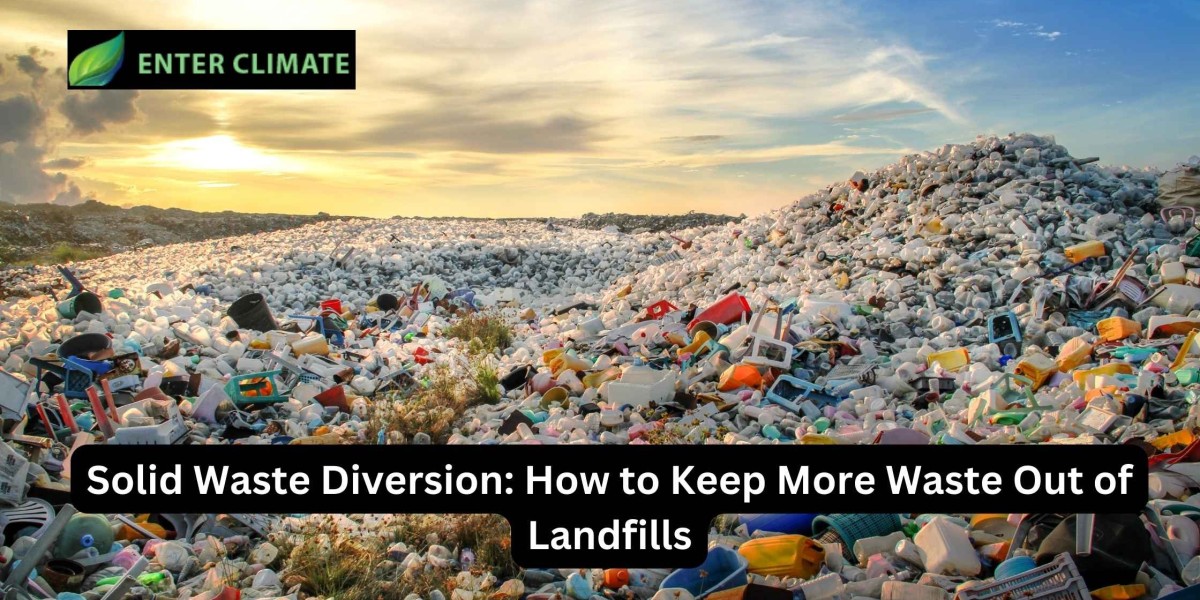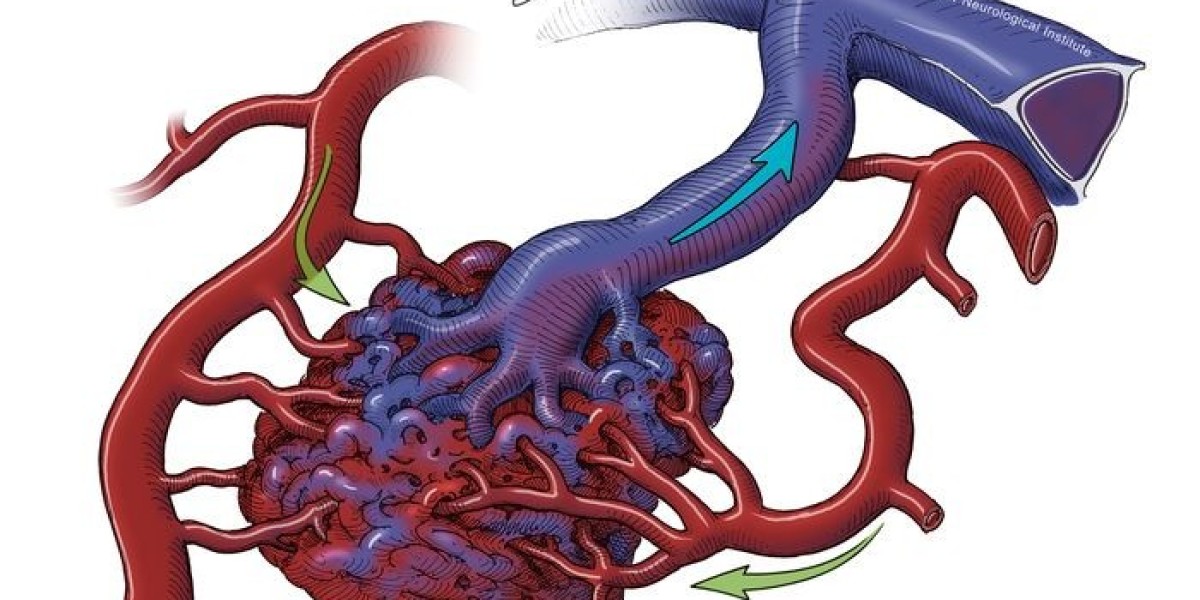The issue of waste management has become an increasingly critical concern worldwide. Landfills are overflowing, contributing to environmental pollution, resource depletion, and greenhouse gas emissions. But there’s a solution that businesses, communities, and individuals alike can adopt: solid waste diversion.
Solid waste diversion refers to the process of diverting waste away from landfills by recycling, reusing, composting, or repurposing materials. Instead of sending all discarded materials to the landfill, diversion programs focus on recovery, recycling, and sustainable waste management. The end goal is to reduce the environmental impact of waste, extend the lifespan of landfills, and promote sustainability.
In this blog, we will explore the importance of solid waste diversion, practical strategies for effective waste diversion, and the role it plays in a broader solid waste management strategy. Let’s take a deeper dive into how businesses and individuals can keep more waste out of landfills and contribute to a cleaner, greener world.
Why Solid Waste Diversion Matters
The increasing volume of waste generated globally is having a severe environmental impact. Landfills, which are the traditional end-of-life destination for waste, contribute significantly to:
- Landfill Overflow: As waste accumulates, landfills quickly reach capacity, resulting in the need for more landfills or more costly and environmentally damaging methods of disposal.
- Greenhouse Gas Emissions: Decomposing waste in landfills produces methane, a potent greenhouse gas that contributes to climate change.
- Resource Depletion: The linear model of “take, make, dispose” leads to the continuous extraction of raw materials, which puts pressure on natural resources and biodiversity.
Diversion, however, helps solve these problems. By diverting waste, communities and businesses can reduce landfill waste, lower greenhouse gas emissions, and minimize the consumption of virgin materials.
Key Strategies for Effective Solid Waste Diversion
There are several approaches to solid waste diversion that can help businesses, municipalities, and households keep waste out of landfills. Here’s a look at some of the most effective methods:
1. Recycling: The Core of Waste Diversion
Recycling is one of the most widely known and effective methods of diverting waste from landfills. It involves processing used materials into new products, reducing the need for raw materials and conserving natural resources.
Commonly recycled materials include:
- Paper (newspapers, office paper, cardboard)
- Plastic (bottles, containers, packaging)
- Glass (bottles, jars)
- Metals (aluminum cans, steel containers)
- Electronics (e-waste)
Recycling reduces the environmental footprint of production and manufacturing, as recycled materials require less energy and water compared to new materials. Many companies and municipalities are enhancing their recycling programs, making it easier for people to recycle and further reducing the amount of waste that ends up in landfills.
2. Composting: Turning Organic Waste into Resources
Composting is another critical strategy for diverting waste, particularly organic waste. This method involves decomposing food scraps, yard waste, and other organic materials into nutrient-rich compost that can be used to enrich soil.
Composting reduces methane emissions from landfills, enhances soil quality, and decreases the demand for chemical fertilizers. Businesses can implement composting in their cafeterias or on-site food waste management systems. For individuals and households, backyard composting is a sustainable option that also reduces the amount of food waste sent to landfills.
3. Reusing: Giving Materials a Second Life
Reusing is perhaps the simplest form of waste diversion, yet it’s often overlooked. Instead of discarding items that still have value, consider repurposing them or finding new uses.
Examples of reuse include:
- Packaging materials like glass jars or boxes can be repurposed for storage.
- Furniture can be refurbished or upcycled to create something new.
- Clothing can be donated or repurposed into new items.
Reusing not only reduces waste but also extends the life of products and materials, contributing to a more sustainable consumption model.
4. Waste-to-Energy Technologies
While it’s always better to reduce and divert waste, some materials that can’t be recycled or composted may still have value in waste-to-energy (WTE) technologies. WTE processes convert non-recyclable waste into energy (electricity or heat) through methods like incineration, pyrolysis, or gasification.
Although WTE technologies can reduce landfill waste, it’s essential to ensure that the process is managed responsibly to avoid air pollution and other environmental impacts. Waste-to-energy can be an effective solution for businesses and municipalities when combined with other waste diversion strategies.
5. Reducing Waste Generation at the Source
One of the most effective ways to keep waste out of landfills is by reducing waste at its source. By adopting sustainable practices in product design, packaging, and manufacturing, businesses can drastically cut down on waste creation.
Examples of waste reduction include:
- Minimizing packaging: Companies can switch to smaller, more efficient packaging or packaging made from recycled materials.
- Adopting digital alternatives: Instead of relying on paper documents, businesses can digitize records, communications, and billing.
- Encouraging sustainable purchasing: Consumers and businesses can opt for products made from recyclable or biodegradable materials, reducing waste in the long run.
6. Educating Employees and the Community
Education is essential to the success of waste diversion programs. Without proper understanding, people may not properly sort their waste or participate in diversion efforts.
Businesses and municipalities should provide educational materials to their employees, residents, and customers on the importance of waste diversion and how they can participate. Organizing workshops, campaigns, and outreach programs can help increase participation in recycling, composting, and reusing.
Benefits of Solid Waste Diversion
Solid waste diversion offers numerous benefits to businesses, communities, and the environment. Here’s why you should consider implementing or expanding waste diversion efforts:
- Reduced landfill reliance: By diverting waste, we reduce our dependence on landfills and extend their lifespan, reducing the need for new landfill sites.
- Environmental protection: Waste diversion reduces harmful emissions from landfills, conserves resources, and lowers the need for resource extraction.
- Cost savings: Companies and municipalities can save money on waste management costs by reducing the volume of waste sent to landfills and minimizing the need for waste hauling.
- Sustainability: Diverting waste promotes a circular economy, where materials are reused, recycled, or composted, contributing to long-term sustainability.
How Businesses Can Support Solid Waste Diversion
Businesses have a significant role to play in reducing the environmental impact of waste. By integrating solid waste diversion into their operations, businesses can:
- Set waste diversion targets: Establish measurable goals for recycling, composting, and waste reduction to track progress.
- Adopt sustainable sourcing: Purchase products made from recycled materials or those that can be easily recycled after use.
- Offer incentives: Reward customers and employees who actively participate in recycling or composting programs.
Conclusion
Solid waste diversion is a crucial aspect of effective waste management. By embracing recycling, composting, reusing, and reducing waste at the source, businesses and individuals can significantly decrease the amount of waste sent to landfills and reduce their environmental impact.
Solid waste management is not just about minimizing waste; it’s about creating a sustainable, circular economy where resources are conserved, pollution is reduced, and environmental damage is minimized. Whether you’re a business owner, a community leader, or an individual, every effort toward waste diversion contributes to a cleaner, healthier planet.
FAQs
1. What is solid waste diversion?
Solid waste diversion refers to the process of diverting waste from landfills through recycling, composting, reusing, or other methods to reduce environmental impact and promote sustainability.
2. How can businesses reduce waste at the source?
Businesses can reduce waste by minimizing packaging, digitizing records, adopting sustainable purchasing practices, and optimizing production processes to reduce material waste.
3. Why is waste diversion important for the environment?
Waste diversion reduces landfill overflow, decreases greenhouse gas emissions, conserves natural resources, and lowers pollution, contributing to a cleaner and more sustainable environment.









